8 of the best single-channel guitar amps for pedals
Pedalboard-friendly combos from Fender, Vox, Marshall and more
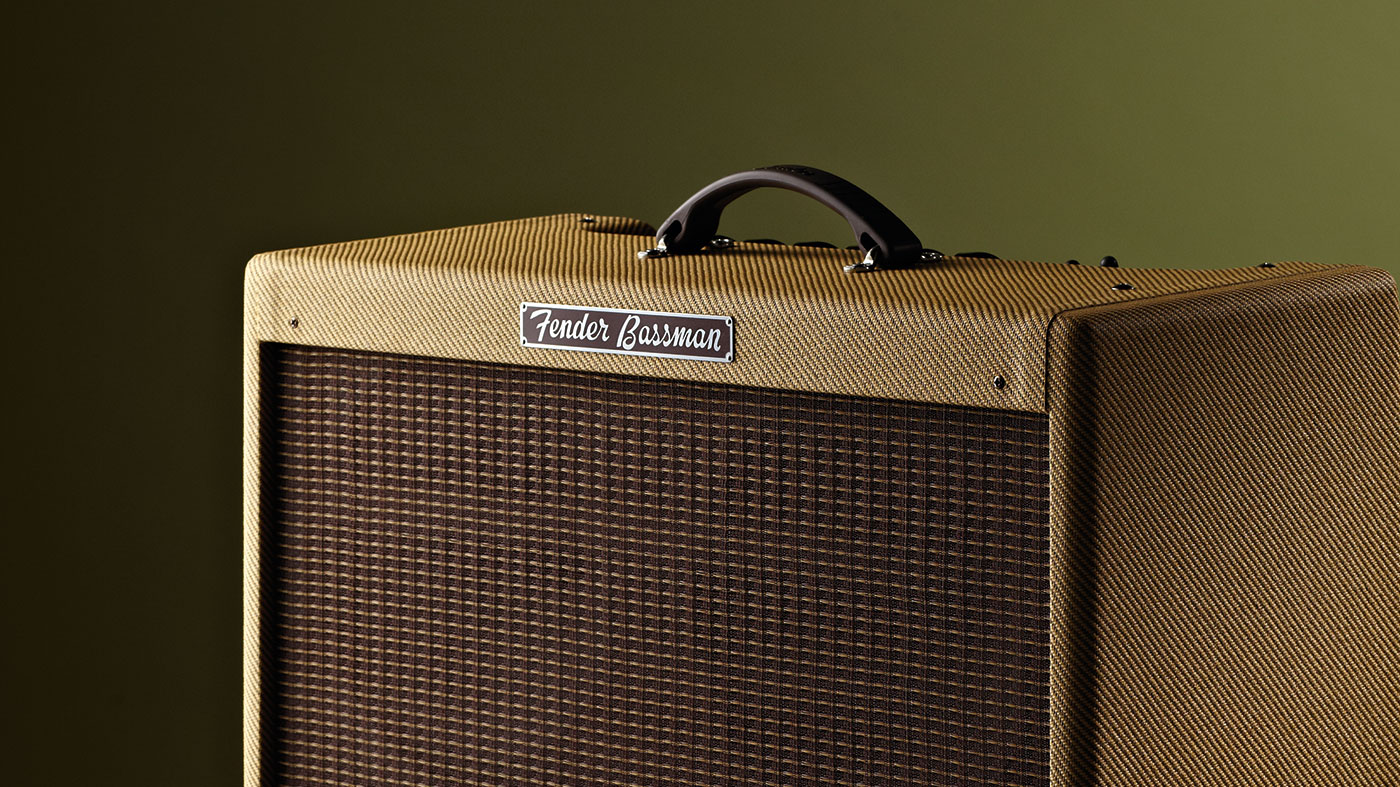
Introduction
In this - arguably the second golden age of guitar amplification - it seems practically every guitar-related whim is catered for. However, there are still some folk who prefer the unadulterated simplicity of a single-channel approach.
This concept in itself presents an array of alternatives: should you plug in, turn it up until it saturates and ride the volume pot all night with your Matchless? Set your Vox or Bluesbreaker combo to the break-up point and feed it a select few dirt pedals to goose the front end?
Maybe you’d prefer to opt for the ultra-high-headroom method - using a high wattage, KT88 equipped platform and sculpting your sound with the myriad pedal preamps and multi-delays available these days? Perhaps even control it all from a bypass-looper for a fully programmable setup?
There’s something wonderfully reassuring about looking back at your amp and seeing a only basic tone stack and volume layout
All these approaches have their pros and cons, but whatever your choice, the single-channel experience can be a supremely liberating one. There’s something wonderfully reassuring about looking back at your amp and seeing a only basic tone stack and volume layout.
If you’re a pedal guy, you can build a ’board that works fairly uniformly with nearly any clean amp - a big plus when using foreign backline at studios, rehearsal rooms and festival stages. And unlike multi-channel amp users, you can opt to change just a single pedal - rather than the entire amp - when you tire of your main gain sound!
So, here, we’ll take a look at some amplifiers that delight with their sheer simplicity.
Don Stick and Sam Wilcock are both London-based session players and write for Bands for Hire.
Looking for more amp-buying advice? Also try…
10 of the best multi-channel guitar amp heads
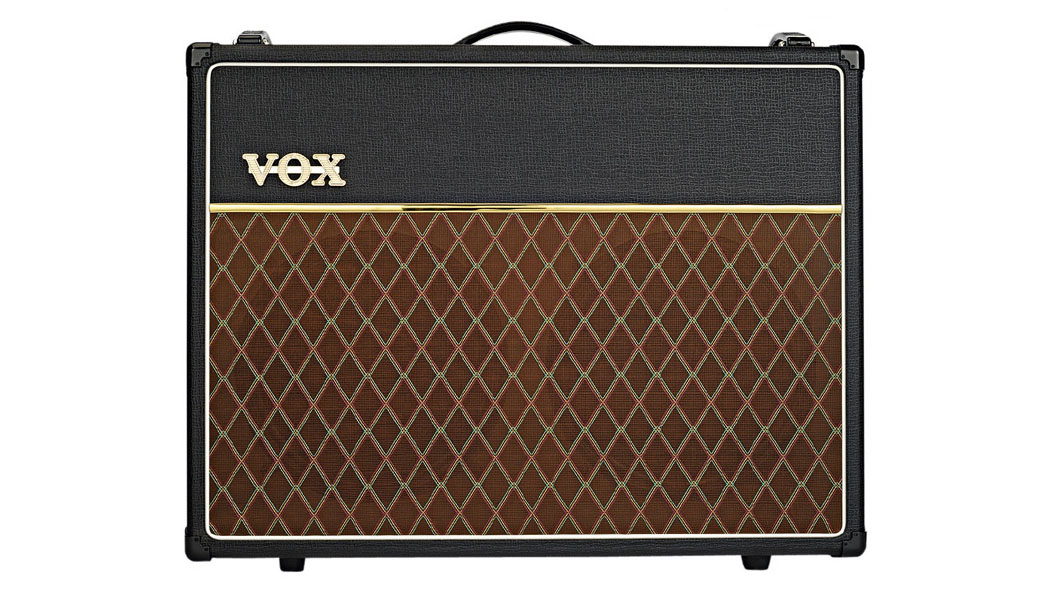
Vox AC30C2
The C2 is the famed British company’s current standard production AC30 and adds a few modern tweaks to the simple functionality of this classic amp.
Technically, it’s not even a single-channel amp; both Normal and Top Boost channels are available. Rather than footswitch between the two, though, guitarists tend to use one or the other to achieve their base tone and will occasionally jumper the two channels together to blend them as with a Marshall Super Lead. The older CC2 models did offer an Input Link mini-switch for this function - whereas with the C2 you’ll need to use a patch cable.
Boasting both a preamp volume and separate master volume, this amp can be set to overdrive fairly hard, and will respond exquisitely to the guitar’s controls. AC30s cut like nothing else, and you can happily sculpt a warm, mid-rich overdrive with the distinctive top-end chime so synonymous with these amps.
EL84s are known for producing little in the way of unnecessary low-end and the Vox midrange drips with classic, inimitable character
The Vox sound is quite distinct from that of both Fender and Marshall: in addition to providing plenty of treble that ensures you’ll always poke through the mix, EL84s are known for producing little in the way of unnecessary low-end - and the Vox midrange drips with classic, inimitable character. Push the bass and the gain and sure, you’ll get a bit of flub - but that’s not what these amps shine at anyway.
The AC30 circuit is second to none when it comes to cleaning up, and even single-coil guitars without the benefit of a treble bleed will make great use of this ability. Roll back the preamp volume and crank the master for that barely present crushed-glass breakup, and you’ll achieve a classic tone that not only lends itself to a multitude of applications but also reacts beautifully to boost/overdrive pedals.
The AC30 does offer an abundance of midrange, though, so you’ll need to choose your pedals carefully. Tube Screamer types tend to add a lot more of what is already there - a flatter boost is often a better partner when pushing these amps over the top.
Set clean, the Top Boost channel will give you all the jangle you need, with its tight bass and pronounced treble. It’s the sound of so many classic records, from Tom Petty to George Harrison.
There’s a bypass-able effects loop on the C2 that allows the user to add time-based effects while running the amp dirty - a modern convenience not found on the original ’60s amps - and the footswitchable tremolo and reverb give you access to further rootsy rock ’n’ roll tones.
FULL REVIEW: Vox AC30C2 2 x 12 combo review
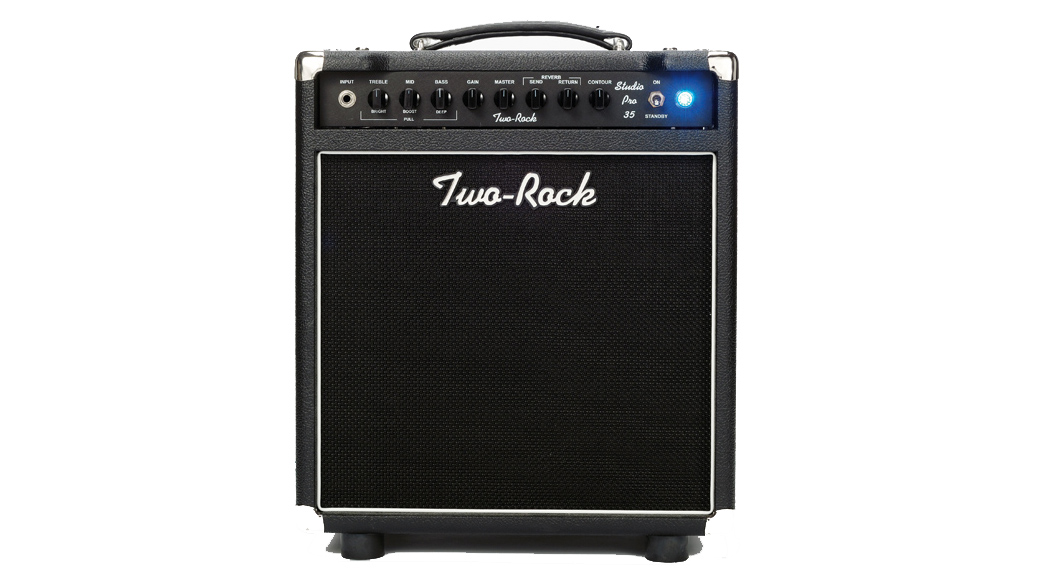
Two-Rock Studio Pro 35
The Studio line from this celebrated boutique company targets the tweakable single-channel amp concept at a range of scenarios, from the studio-friendly 6V6-loaded Studio Pro 22 to the Studio Pro 50 and 100 - their bigger iron and 6L6 output section yielding much higher headroom.
It’s the fantastically usable Studio Pro 35, though, that we’ll have a detailed look at here. It’s an unusual amp in that there are a few features on the rear panel which, rather than being ‘set and forget’, are actually fairly integral to the process of shaping the amp’s tone. The effects loop return essentially acts as a master volume - and as such the gain or master volume controls (both on the front panel) can be blended to sculpt differing flavours of dirt.
There’s a pickup loading control on the rear, too, intended to shape the front end according to your pickup of choice, so you can compensate when swapping, say, a Tele for an SG. It’s not something we’d miss if it wasn’t included on the amp, and it tends to display its full effectiveness only when plugging in directly without any pedals.
It’s a very straightforward matter to dial in those signature Two-Rock Mayer-esque cleans… and from there the amp can be driven into SRV territory without much effort
More useful is the front-panel contour control, which offers an active wideband sweep. It’s handy to have something like this available when using different speaker cabs and guitars, and it can help the user to maintain a consistent EQ curve from venue to venue.
Further tone shaping is available at the tone stack via push-pull switches. There’s a high-end boost - much like the bright switch on an old Fender - that becomes progressively less effective as the gain is turned up; a low mid/bass boost on the bass control for thickening up single coils; and a Dumble-style tone stack bypass on the mid control that will effectively let more gain and high-midrange content through the circuit.
Helpfully, there’s enough headroom available from the pair of 6L6 output tubes to use the amp at clean settings for small- to medium-sized gigs - especially when paired with an efficient speaker. Of course, on large stages you’re likely to be mic’d and running through the front-of-house PA anyway, so the Studio 35 really does excel in any situation.
It’s a very straightforward matter to dial in those signature Two-Rock Mayer-esque cleans once you get the hang of the controls, and from there the amp can be driven into SRV territory without much effort.
Mercifully, it’s also fairly difficult to make any overdrive pedal sound bad through this amp. Two-Rock amps aren’t cheap, but if you’re a fan of their ‘thickened Blackface’ flavour, the price of admission does buy an impeccably made amp - and one that commands attention from the first moment you hit the strings.
FULL REVIEW: Two-Rock Studio Pro 35 review
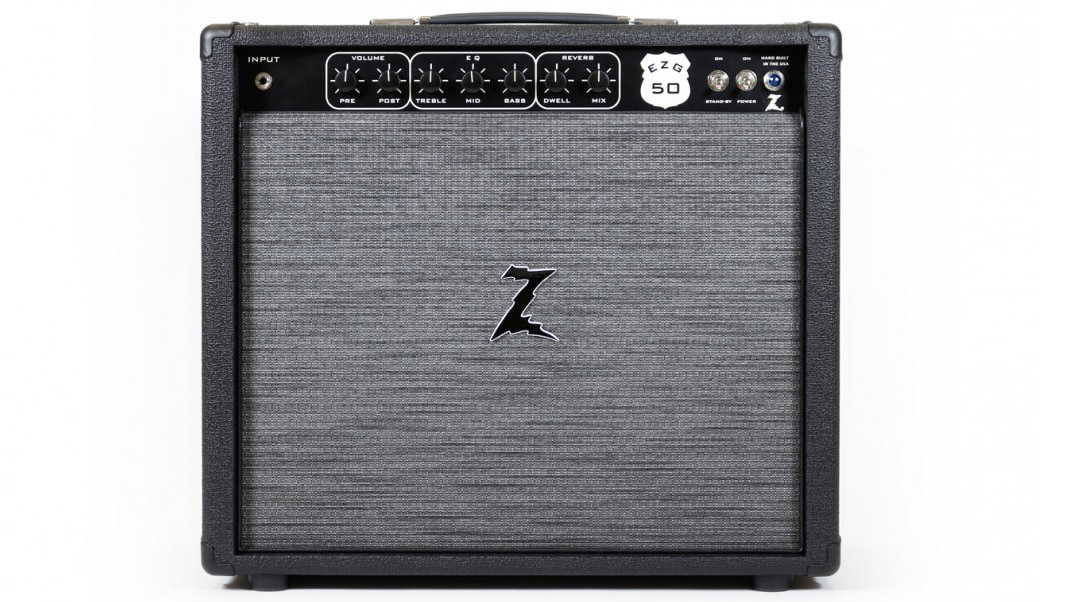
Dr Z EZG-50
This article could easily have been written around the good Doctor’s complete product range. The company have carved out a niche over the past three decades offering their own take on various classic single-channel topologies - while including a few unique twists.
The Dr Z range offers a distinctive yet accessible version of so many classic tones - all the while retaining Z’s trademark attack and feel - and also boasts build quality on par with any other boutique company you care to mention.
The EZG-50 - described as Z’s take on the Blackface sound - is a 50-watt 6L6 single-channel clean machine - and boy are those cleans huge! Imagine the ideal Twin Reverb tone, lend it an even tighter and more robust bass response, remove any trace of harshness from the top-end - and you have an EZG-50.
Perhaps the simple, uncluttered signal path is the reason this amp feels so connected to your guitar when you plug in
Ken Fischer of Trainwreck fame designed the output transformer for the EZG-50, and it is perhaps partially responsible for the amp’s wonderful dynamic range - the EZG-50 is capable of progressing seamlessly from shimmering cleans to the most organic breakup imaginable. Note, however, that this type of break-up will only occur at big stage volumes - the EZG-50 benefits from Twin Reverb levels of headroom! But what a glorious sound it is…
The two-knob reverb (with dwell and mix controls) is renowned for its quality, transporting the user intuitively from a subtle breath to a Dick Dale wash. The EZG-50 carries no effects loop or complex voicing switches, just three speaker outputs on the back for various impedance levels. Perhaps the simple, uncluttered signal path is the reason this amp feels so connected to your guitar when you plug in?
Finally, unlike the Blackface amps it was based upon, there’s no fuss when running OD pedals or even something higher in gain like a Suhr Riot or Bogner Red. Despite possessing classic wide-bandwidth cleans that are a joy to play, it steadfastly refuses to make dirt pedals sound fizzy or undefined - consistently and effortlessly producing fat, organic tone.
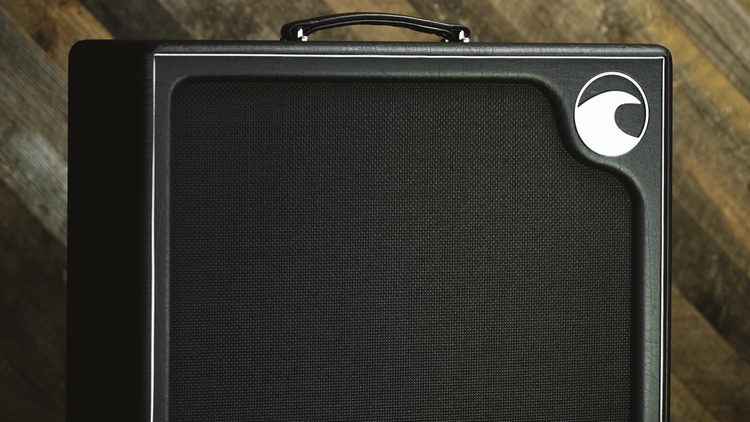
Port City Pearl
This North Carolina-based company has gained a reputation over the past few years for having an uncompromising attitude to signal paths and construction. It also make some of the most innovative and sought-after speaker cabinets on the market.
Port City’s Pearl series is intended as the ultimate base tone for a versatile pedal-based rig. It’s an uncluttered single-channel master volume amp with your choice of 50 tube-rectified or 100 solid-state-rectified watts. It features a tube-buffered effects loop that aims to keep your time-based effects clean while you drive the front end with pedals. As such, it probably constitutes the very definition of a modern ‘pedal platform’ amp.
If you haven’t heard a Port City amp before, you owe it to yourself to check out Tom Quayle’s masterful demo of the Pearl on YouTube. It’s a sound that clearly demonstrates the influence of Blackface-era Fenders, yet manages to neatly showcase the quasi-audiophile approach prevalent in the company.
There’s a hi-fi envelope that encapsulates each note, delivering flawless definition and authority no matter where the player roams on the neck. Low notes remain clear and snappy while higher ones are full and rich - and the result swirls in a haze of harmonic activity. This is undoubtedly an amp with character - it just so happens that this amp’s character is to get everything exactly right!
The Port City Pearl may not appeal to those looking for a plug-and-play amp able to melt faces at the slightest provocation (hey, that’s what tweed amps are for!), but as a pedal platform for fusion and country players it’s difficult to imagine anything more suitable.
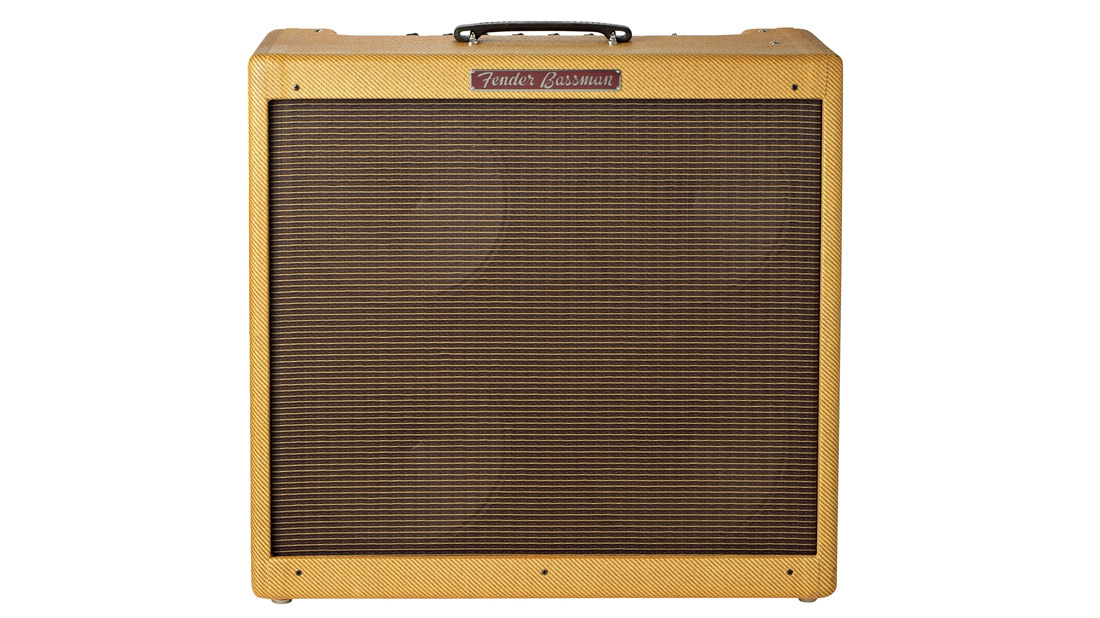
Fender Bassman
Having just mentioned the tweed era, we would be remiss not to explore it. The 4x10” Bassman combos of the 1950s are, of course, among the coolest looking things ever invented, even wearing coffee stains well!
But perhaps more importantly, they gave birth to that perfect “edge of breakup” sound we all know and love. They also provided the topology for a rather famous line of British amps that went on to further define the way rock guitar is supposed to sound (more about this later…).
The original Bassman from 1952 had a single 15” speaker and was tube-rectified, yielding 26 watts from a pair of 5881 power tubes. By 1954, though, the 15” speaker had given way to four 10” Jensens, and Fender were utilising dual tube rectifiers and fixed (as opposed to cathode) bias for a punchier, higher-wattage performance.
As the volume is turned up, the Bassman simply growls - spitting out the most guttural, responsive grind known to man
These 4x10” combos have been used on countless records and they define that clean/gritty blues tone that can breathe life into the Stratocaster’s in-between settings - yet they are easily raunchy enough for classic rock when shown a humbucker, or even the bridge pickup of a Telecaster.
At low volume, you’ll find a clean but warm sound; rounder and less defined than the subsequent Blackface amps, but still possessing a good degree of sparkle. As the volume is turned up, the Bassman simply growls - spitting out the most guttural, responsive grind known to man.
It’s an addictive sound and very fun to play - it is more or less single-handedly responsible for the development of several entire genres of music, and yet it was essentially a happy accident resulting from the amp’s behaviour when pushed beyond intended limits.
It’s at around four on a Bassman’s volume knob where the grit really starts occurring, just before things saturate. It’s here - right on the edge - where the Bassman most happily lives as a pedal platform. The crispy, responsive sound contains a hint of snarl and fat raunch that just begs to be pushed over the edge by a good boost, overdrive or fuzz pedal.
Disengage those pedals for that righteous Tweed clean with a touch of hair, and roll back the volume on the guitar for a sumptuous clean sound. Just don’t expect your reverbs and delays to sound pristine - although of course that’s not really the point with the glorious Bassman!
MORE INFO: In Praise Of: Fender Bassman
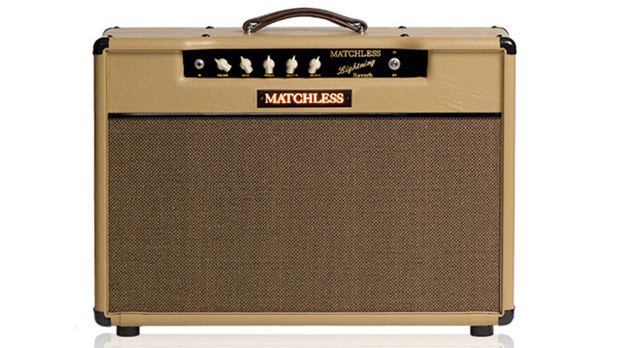
Matchless Lightning
Another amp manufacturer that has carved a niche for itself creating a range of single-channel designs based on earlier topologies, Matchless became the prominent boutique amp company in the 1990s.
Much of this was due to the integrity of engineering evident in every Matchless product - these are built well enough to impress an astronaut - but also to the fact that all of its amps carry a signature sound - a recognisable sizzle that found a home behind the likes of John Jorgenson, Earl Slick, Rich Robinson and Audley Freed.
No matter which flavour Matchless you end up with, that toothy top-end always has the ability to slice through a mix - and it is mated to an expressive responsiveness that really encourages and rewards a dynamic playing style.
It’s a sound dripping with character and begging to be manipulated by a rootsy player - perhaps best described as an AC15 with a hint of JTM45 aggression
The Lightning is a 15-watt EL84 single channel beast that gets rowdy very quickly. Offered in a variety of formats from 2x10” and 2x12” combos to heads - and with or without reverb - if you dig the Matchless flavour you can doubtless find a spec to suit your needs.
Unlike hyper-clean pedal platforms such as the EZG-50 and Port City Pearl, the Lightning was designed to be a simple rock ’n’ roll animal - dispensing with the need for pedal-related encouragement.
Simple yet interactive bass and treble controls mean the tone-sculpting process is incredibly quick and easy - you’re really just tailoring an already beautifully voiced amp to the room or speaker cab here.
Set the input gain between three and four and revel in that signature Matchless crunch - a crushed-glass top end definition minus the fizz of a Silverface Twin. Alternatively, you can back off the preamp and dime the master to find a lively clean bounce that never feels too far away from toothy grind.
Those 15 watts are loud, too. Crank the gain and set the master for your needs (or others’ needs, for that matter!) and experience the signature Matchless drive for which players like Audley Freed are famed. It’s a sound dripping with character and begging to be manipulated by a rootsy player - perhaps best described as an AC15 with a hint of JTM45 aggression.
Some users say the Lightning is picky about which drive pedals are placed in front of it, but take the prevailing EQ curve and EL84 characteristics into consideration before chucking your favourite TS808 on your board and you’ll be able to use the Lightning as a great base for dirty tones - retaining the ability to kick in added sustain when the need arises.
The build quality, from cab construction to lead dress and component selection, is practically matchless - so to speak.
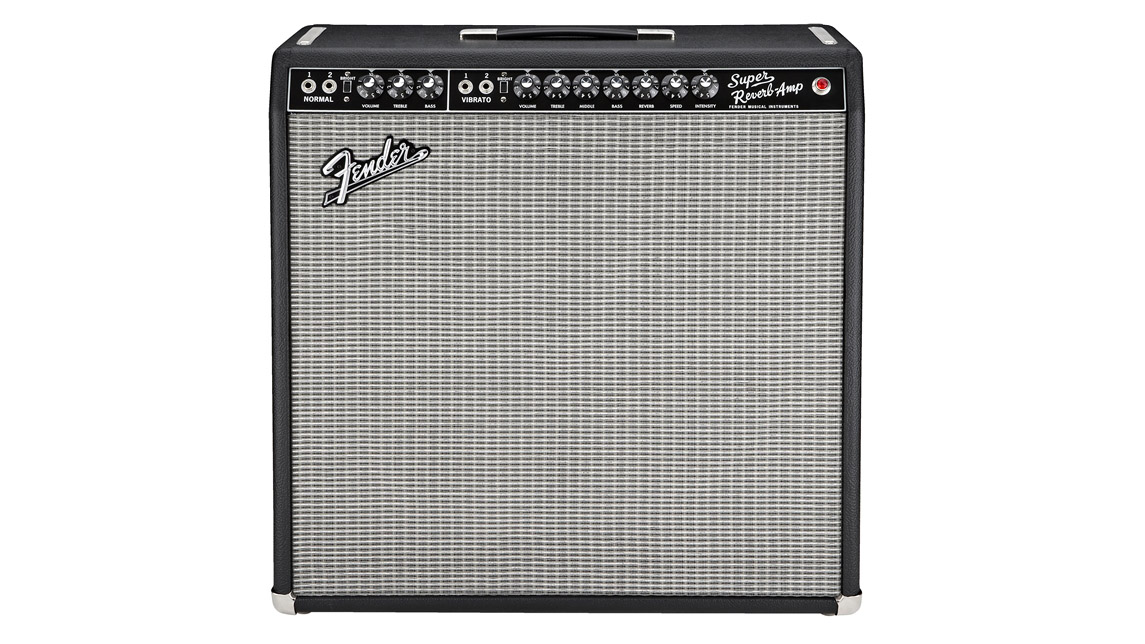
Fender Super Reverb
Fender’s mid-’60s Blackface era amplifiers are perhaps more sought-after than those of any other period - and for good reason, too.
Responding to players’ demands for increased headroom, these amps stayed cleaner for longer than their tweed counterparts. They also possessed a tighter bottom-end, a more detailed top-end and a slightly scooped midrange, making single coil-equipped guitars twang and jangle beautifully. They also offer up sumptuous jazz tones when paired with the likes of an ES-335.
Again, there are such a broad range of Blackface-era amps to consider (Fender’s recent Bassbreaker line is also worth a mention), that we’ve decided to narrow our focus onto the Super Reverb.
The Super is the perfect amplifier to pair with the ubiquitous Tube Screamer, its slightly hollower midrange allowing the pedal’s inherent mid hump and bass cut to sit perfectly
Another 4x10” combo amp, the mid-’60s models produced 40 watts through two 6L6 tubes with a GZ34 tube rectifier. This, mated to a quartet of 10” speakers, provides enough power for most gigs - and on bigger stages (or more forgiving venues…) the amp finds itself unencumbered by surplus headroom and does begin to add a little hair.
The combination of the Super Reverb’s touch of tube rectifier sag and the quicker attack of its 10” speakers has found favour with many blues and country artists, perhaps most notably Stevie Ray Vaughan.
There’s more of an envelope to each note when pushed compared with the loud-and-clean Twin Reverb, yet more headroom than the smaller Deluxe. Perhaps the Super is the perfect amplifier to pair with the ubiquitous Tube Screamer, its slightly hollower midrange allowing the pedal’s inherent mid hump and bass cut to sit perfectly. This approach yields a singing blues tone that will thicken up single coil pickups wonderfully.
Sharing the familiar two-channel layout of so many other Fender amps (not to be confused with channel-switching amps - this is still essentially a single-channel in terms of operation), you’ll find a built-in vibrato function and midrange control when plugging into the right side of the panel. Fender’s Blackface-era reverb is rightly revered, and the Super is a fine exponent of that effect.
With all of this in mind, perhaps the Super Reverb constitutes the perfect Fender amp? Well, it’s heavy - 65 pounds and an awkward shape mean it’s an amp for the committed; regular gigs with staircases may have you wondering whether that glorious tone is worth the backache! Of course, once you plug in, such worries tend to dissipate…
The Super, though, is not an amp you can plug just any pedal into and expect great results. Fuzzes may fizz harshly on the top end, unlike a warmer JTM45, which will lop off the highest and lowest frequencies. However, if you know what you’re after, deadlift regularly and have a nice TS808 lying around, a mid ’60s Blackface Super Reverb probably is the perfect amp.

Marshall JTM45/Bluesbreaker
The JTM45/Bluesbreaker, along with Fender's 5F6A Bassman, still stands as one of the most perfectly judged guitar amp circuits of all time. It breaks up in exactly the right way for rock, blues and country; cleans up immaculately; and responds intuitively to both the lightest and most aggressive touch.
At stage volumes, it is as responsive and easy to control as the very wood of the guitar itself, effortlessly transitioning from a buttery, chiming clean sound to a warm yet crispy mid-Atlantic drive sound; dependent entirely on the position of the guitar's controls and the attack of the picking hand.
Much of this innate ability is due to the fact that the JTM45/Bluesbreaker was based of the 5F6A Bassman circuit - one which had already written the rulebook for overdriven guitar. Guitar amplification was still relatively in its infancy, and when Jim Marshall's customers demanded a cheaper Bassman he simply built one!
The amp retains the overall breadth of abilities of a Bassman, but tweaks the final tonal character slightly in favour of the brighter, firmer response British amps became famous for
Jim substituted British components where necessary (notably transformers and the KT66 vs. 6L6 output tubes), and made a few small tweaks including a tweaked brightness capacitor value and a modified relationship between pre and power amp. Slight component changes due to British availability - and varying tolerances - also made their contribution.
The result is an amp that retains the overall breadth of abilities of a Bassman, but tweaks the final tonal character slightly in favour of the brighter, firmer response British amps became famous for.
The JTM45 head can be thought of as the halfway point between the Bassman and a late-'60s 1987 or 1959 Super Lead head, providing a perfect balance between Fender and Marshall characteristics that can still prove to be the be-all-and-end-all for many players.
Its cleaner sounds (due in part to the GZ34 rectifier) display a creamy, chiming compression characteristic and a near-imperceptible transition into break-up that is missing from later Marshall designs, yet its meaty, crunchy overdrive nestles neatly into the looming shadow of the 1987/1959 Super Lead amps.
Of course, an even more decisive difference in the final listening environment is Marshall's completely different cabinet design. A Bassman typically sat on a springy, responsive pine cabinet loaded with chiming 4x10" Jensen speakers, whereas the JTM45/Bluesbreaker amps were later paired with the woody knock of a baltic birch ply cabinet loaded with snarling, beefy Celestion Greenbacks.
The open-backed Bluesbreaker combo shell did swing the balance slightly back in favour of the Fender tonality, but the the devil is in the detail; and in this case the detail had moved guitar inexorably and irreversibly closer to The Sound Of Rock!
FULL REVIEW: Marshall 1962HW review